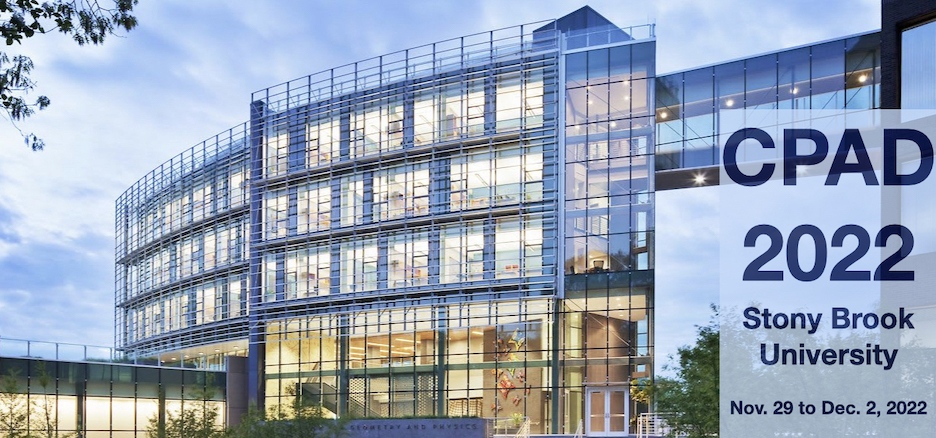Speaker
Description
Scintillation materials can convert high-energy rays into visible light. Generally, solid scintillator can be divided into crystal scintillator, plastic scintillator, glass scintillator and ceramic scintillator. Compared with crystal scintillators, the glass scintillator has many advantages, such as a simple preparation process, low cost, and continuously adjustable components. Therefore, glass scintillator has long been conceived for application in nuclear detection such as hadron calorimeters, the HCAL of CEPC. In 2021 scientists at the Institute of High Energy Physics (IHEP) set up the Large Area Glass Scintillator Collaboration (GS group) to study the new glass scintillator with high density and high light yield. Currently, a series of high-density and high-light yield scintillation glasses have been successfully developed. The maximum density of the glass can exceed 6.9 g/cm3. And the maximum light yield can reach up 3400 ph/MeV. Moreover, Ce3+-doped borosilicate glass can balance the targets of high density and high light yield. In addition, the glasses can achieve neutron/gamma dual detection due to the presence of Li, B, and Gd element

